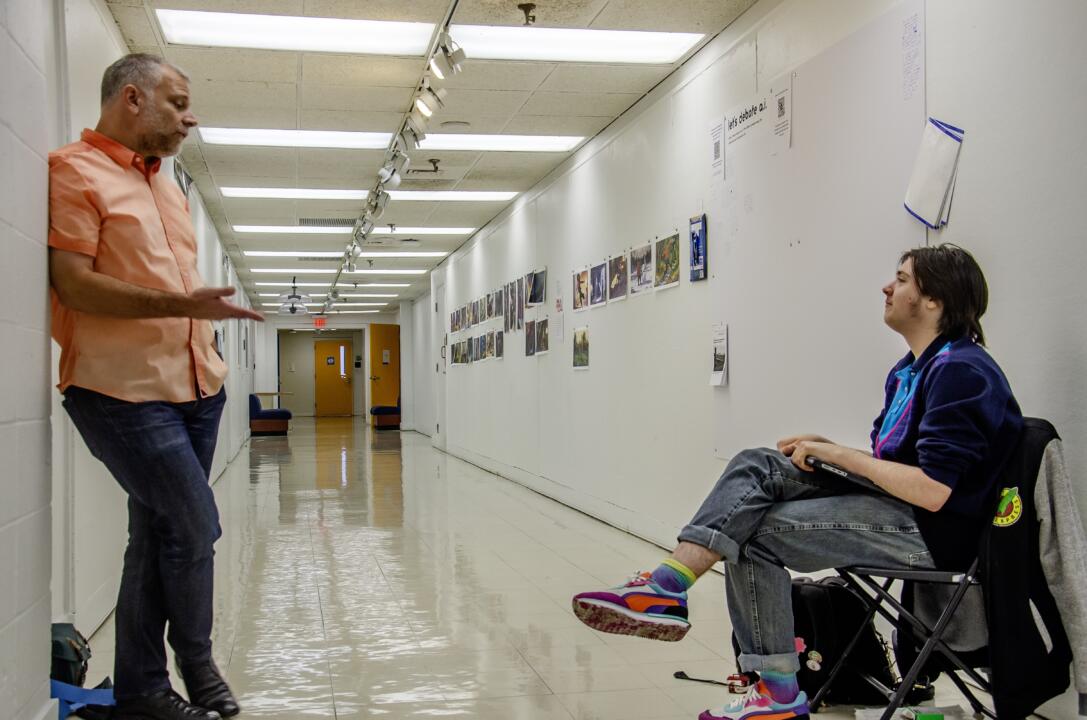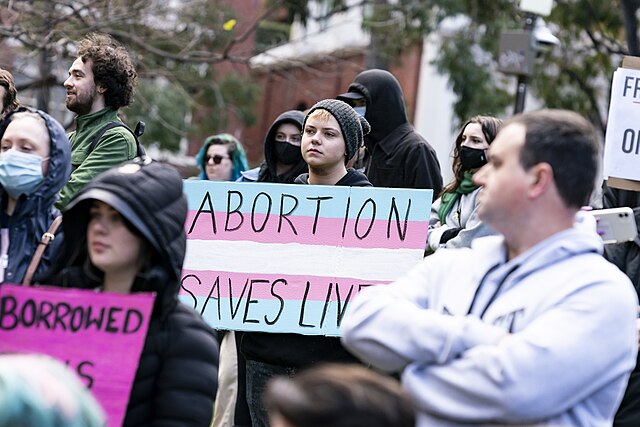Article by Morgan Casey and Anjali DasSarma
The University of Maryland, Baltimore County announced today that the campus positivity rate for COVID-19 is 0.7 percent with 19 community members out of 2560 testing positive. 16 of those who tested positive were students, and three were faculty or staff members. Chief of UMBC Police Paul Dillon stated that while the university will not release the breakdown of positivity rates between on-campus and off-campus students for privacy reasons, most positive cases were found in students living off campus. This data is available to all students via the UMBC Public Health Dashboard. The dashboard also includes quarantine bed availability, isolation bed availability and symptom tracking compliance.
The data available now were results from both on- and off-campus tests conducted between Aug. 13 and Aug. 26. For reference, Baltimore County’s positivity rate is 3.7 percent.
As of Aug. 31, 89 percent of UMBC’s classes are being conducted fully online and two percent are in-person, leaving 9 percent as hybrid courses. On-campus housing is at 34 percent of capacity.
10,188 students at UMBC are learning completely online in comparison to 235 individuals in the Fall of 2019. There are only 1283 students currently living in residence halls this fall, while in the fall of 2019, there were 3993 students living in residence halls.
According to the message released this afternoon, UMBC expects the data to shift over the coming days as a result of delayed test results and changing course formatting.
In the message, the factors that would lead to further restrictions on campus would include “a significant increase in the percentage of positive cases or positive surveillance tests, inability to conduct ongoing surveillance tests due to supply chain gaps, or clusters of cases on campus that exceed resources to test, trace, and isolate.”
UMBC will perform another round of testing for on-campus students following Labor Day break on Sept. 7 due to the high chance of students traveling in some other capacity for the holiday. Dillon also believes this continued “surveillance testing” is the best way to keep UMBC’s positivity rate low.

